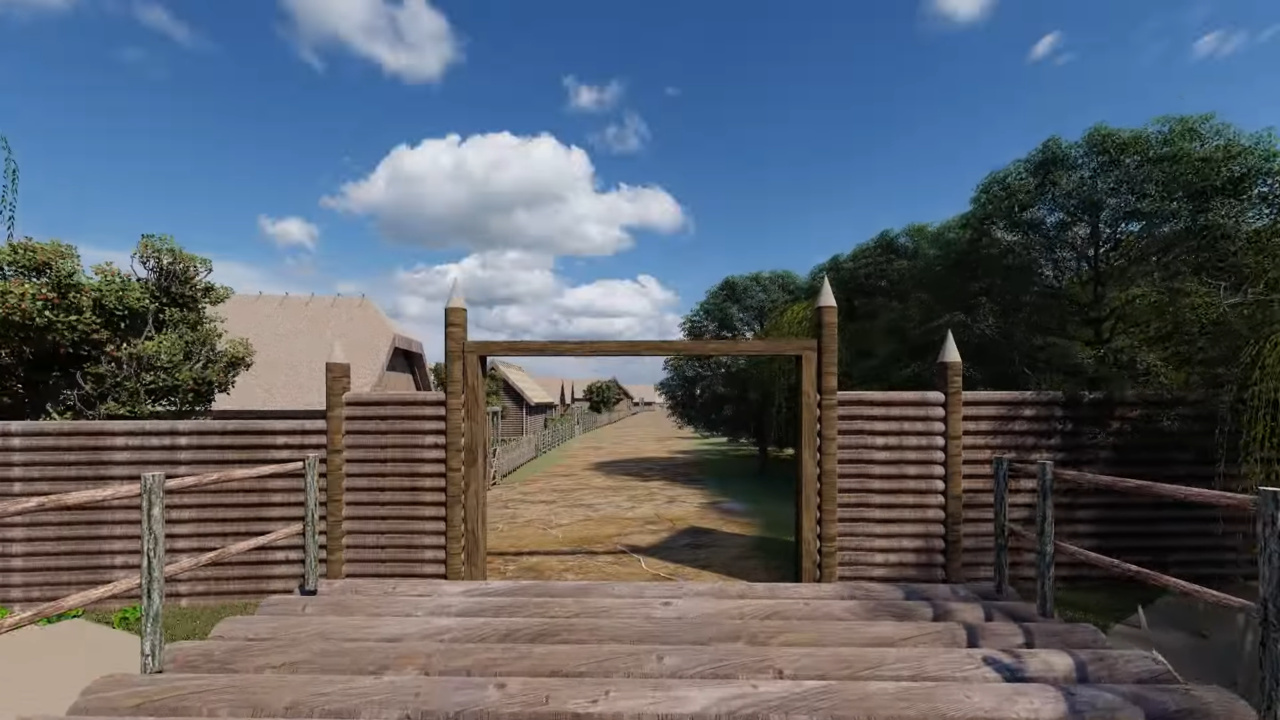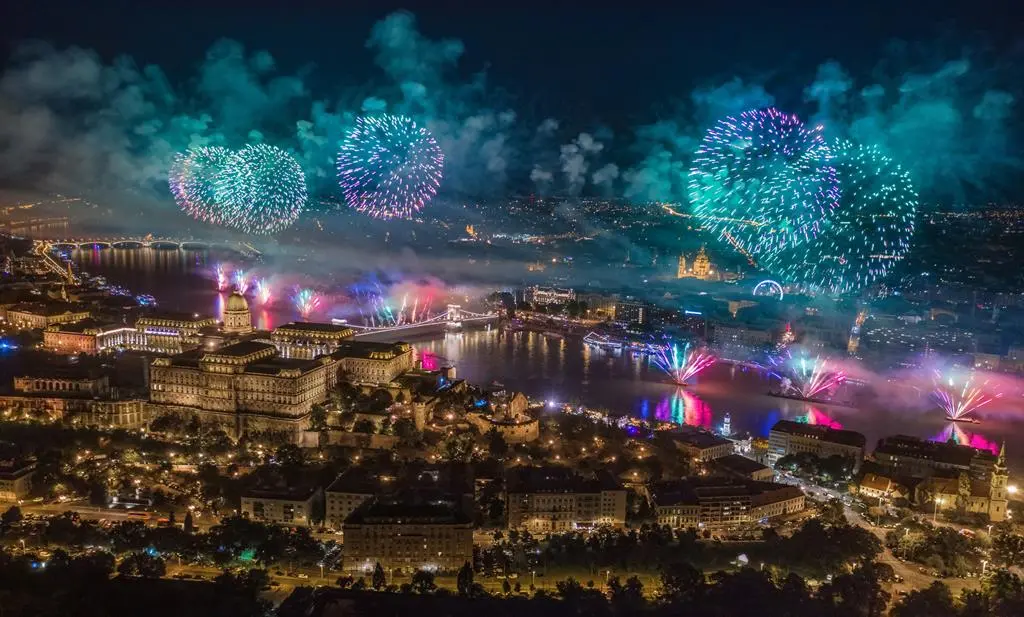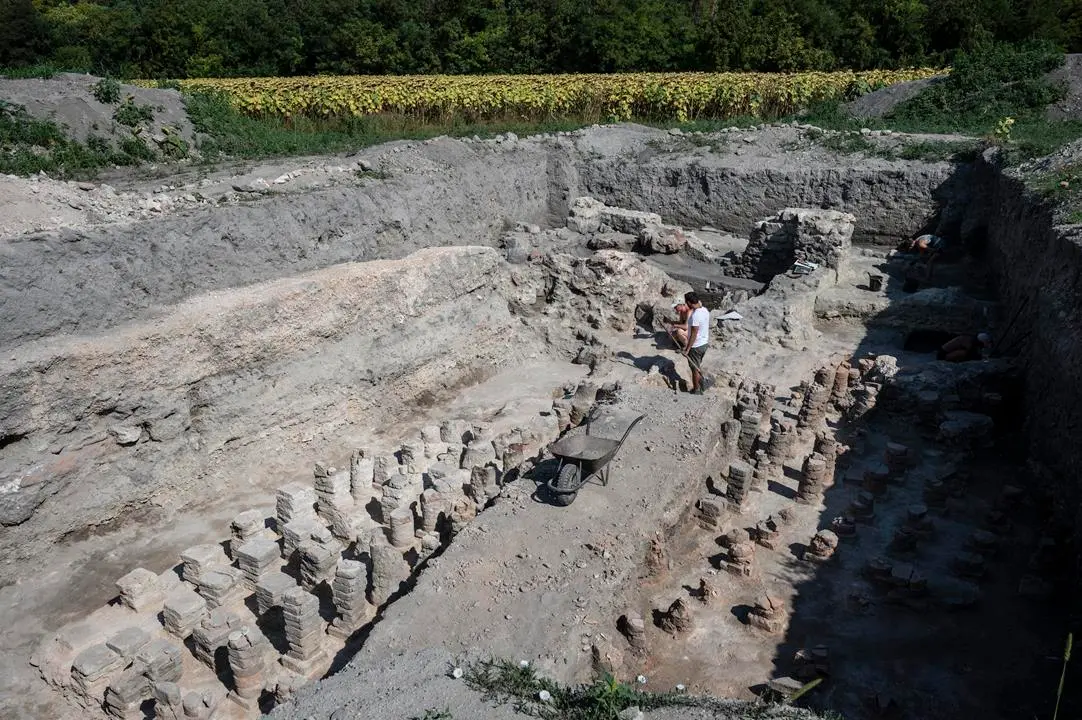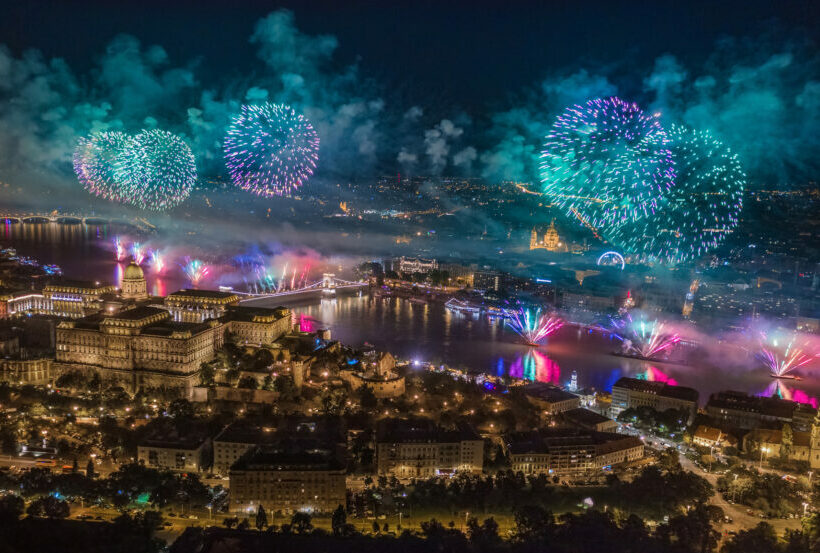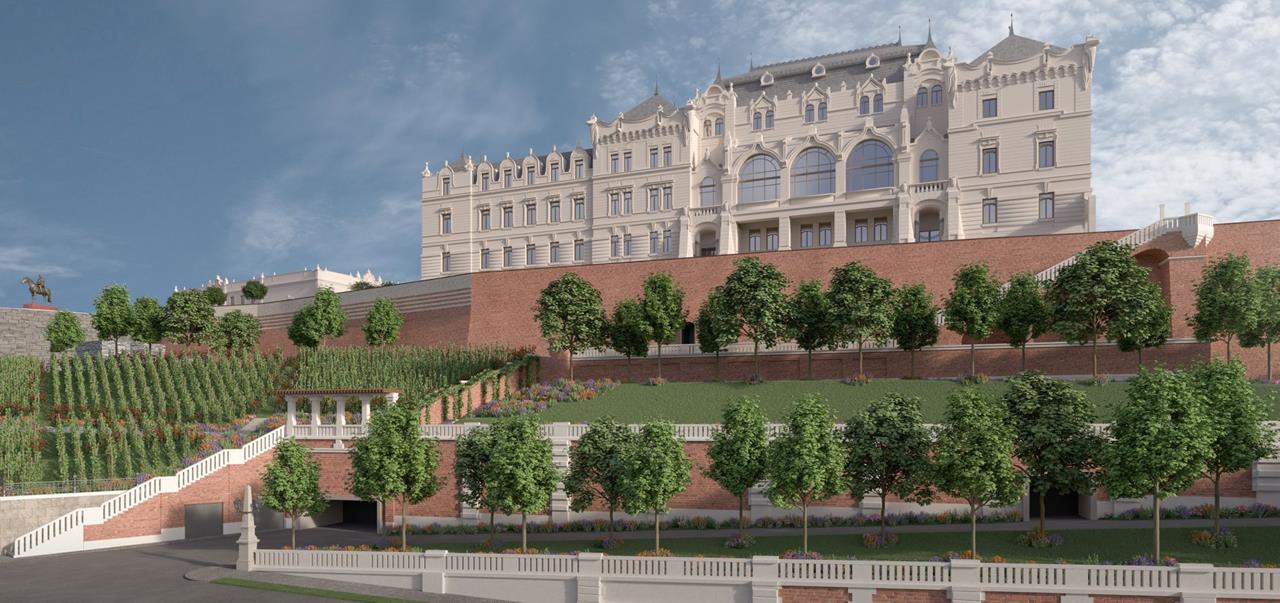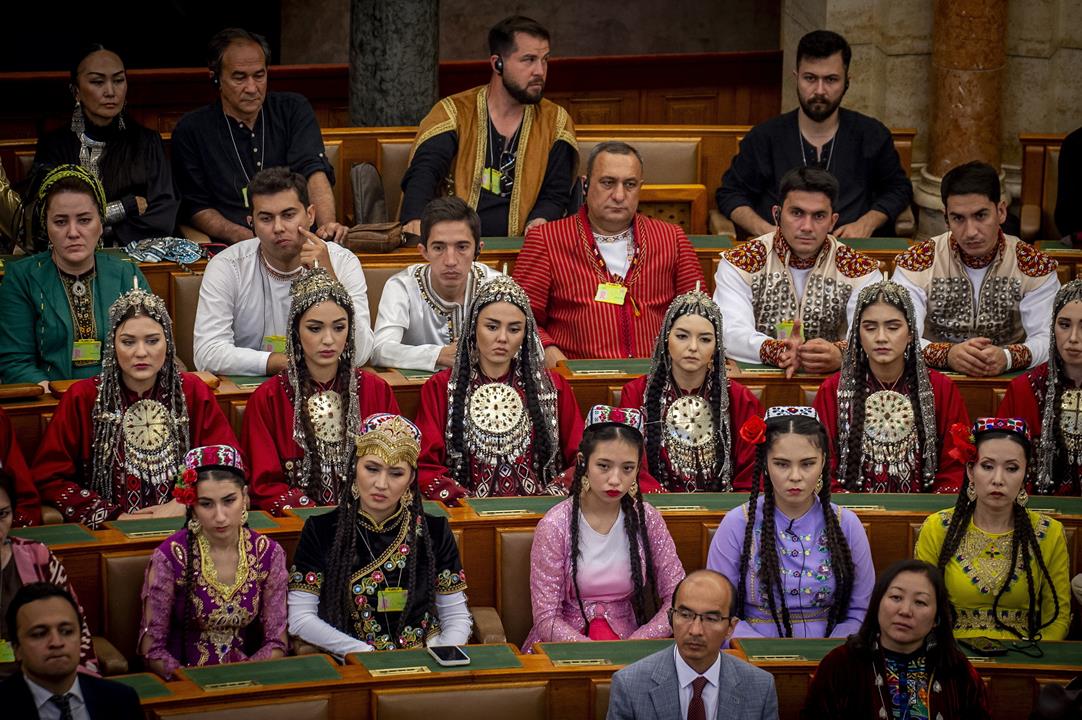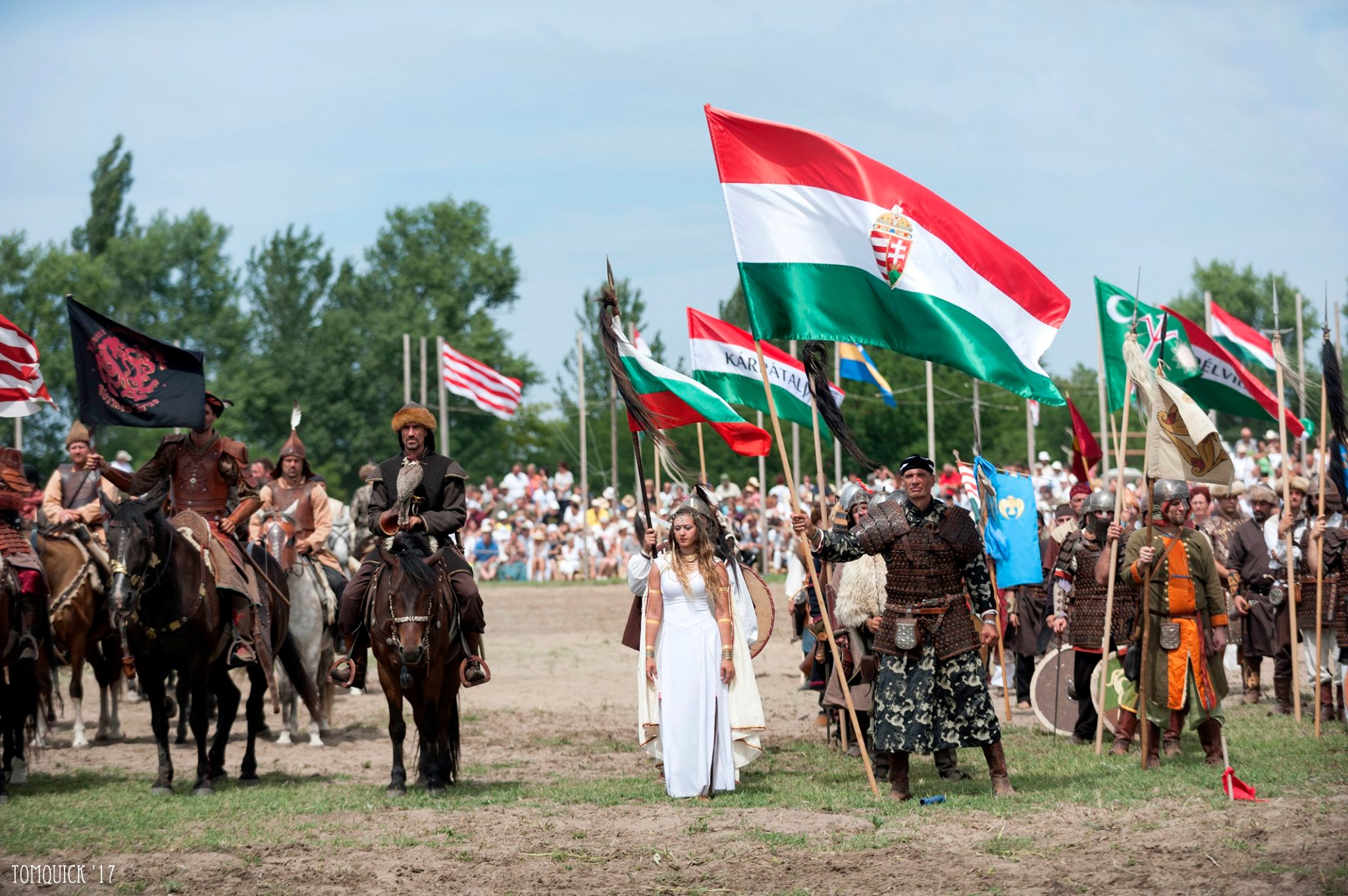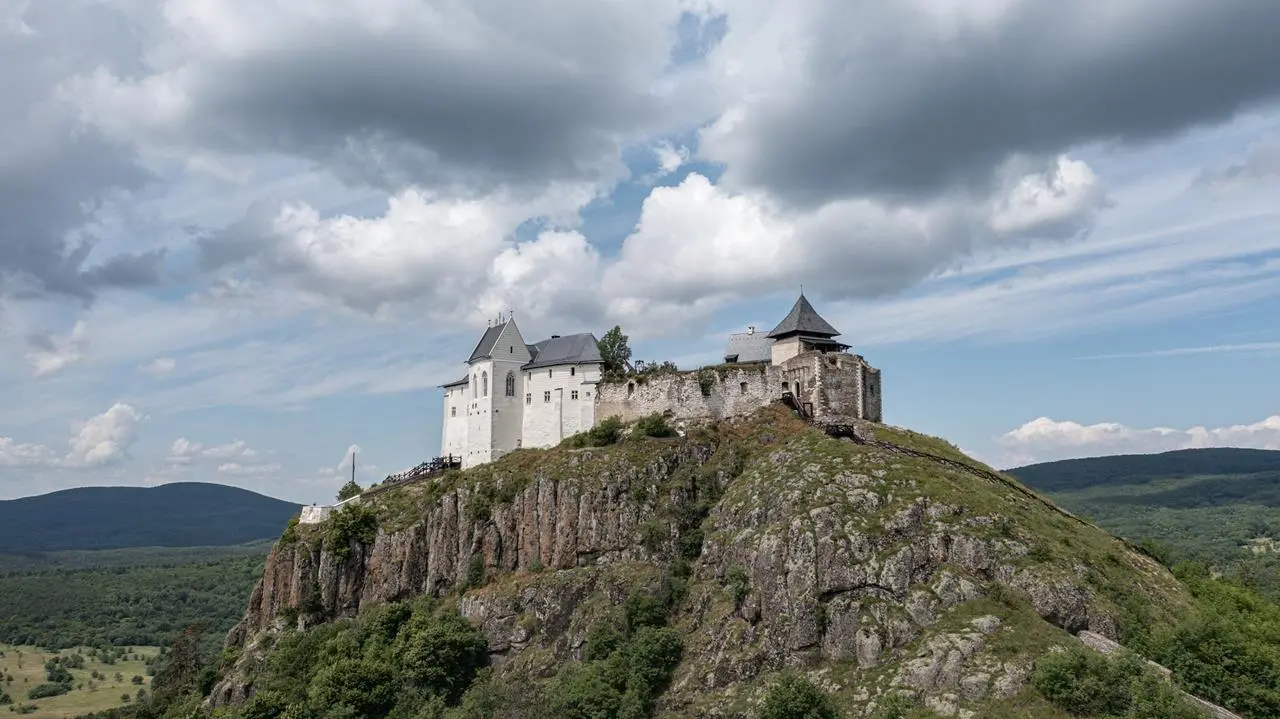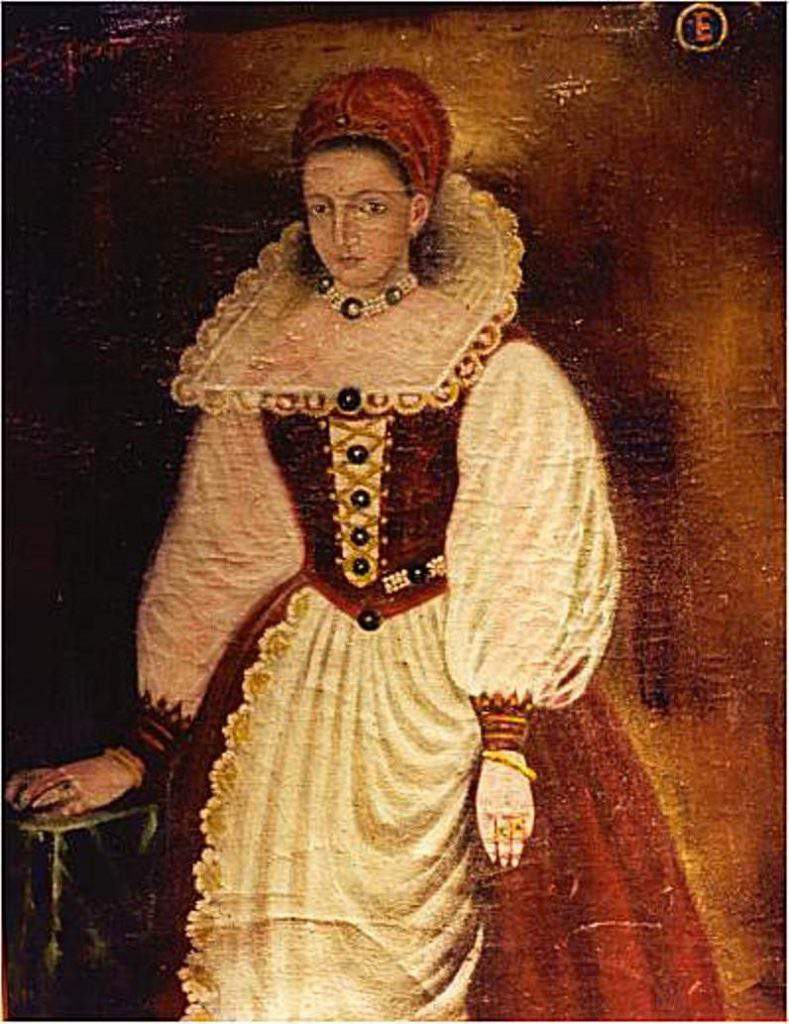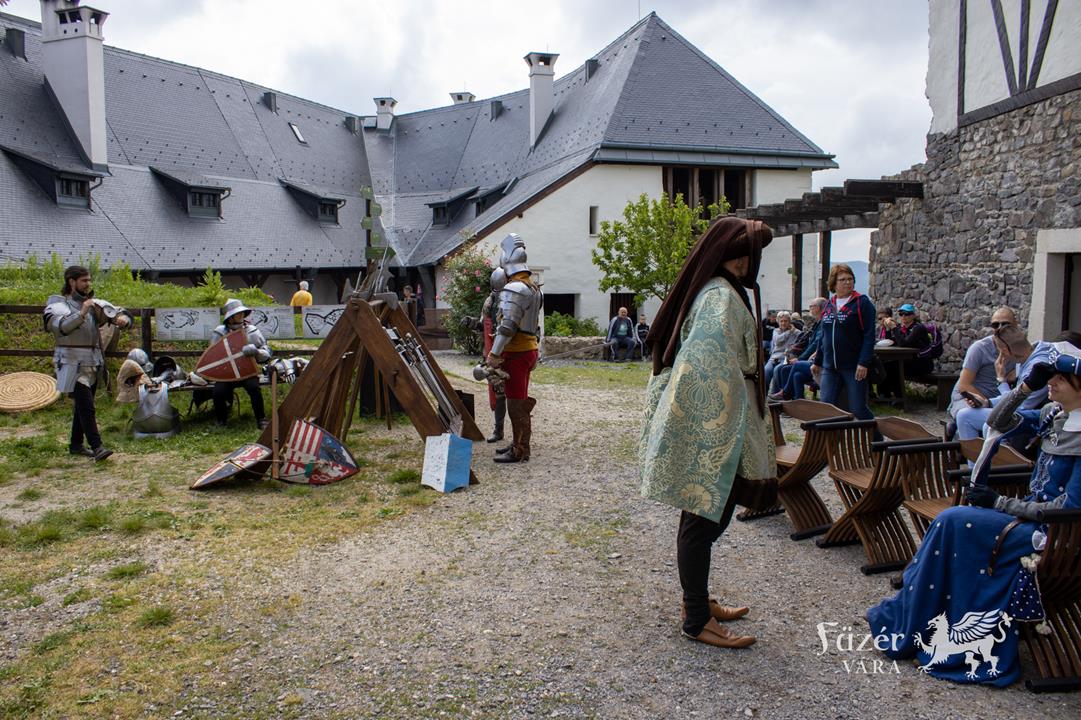How medieval Hungarian villages looked before the Ottoman occupation: A digital reconstruction

For the first time, we can catch a glimpse of the medieval Hungarian countryside as it looked 500 years ago, thanks to a groundbreaking project by Salisbury Ltd., a leading European firm in archaeology and heritage conservation. The company’s latest research reconstructs what rural settlements in the Kingdom of Hungary may have looked like before the Ottoman conquest, using the village of Besnyő as an example.

Salisbury Archaeology
The project, led by archaeologist József Hoffmann, involved creating a comprehensive digital reconstruction of the medieval village of Besnyő, located near present-day Ercsi, Salisbury reports. Spanning over 100 hectares, the model offers a rare visual insight into a world that was largely destroyed or abandoned during the Turkish wars. Hoffmann notes that this research diverges from typical archaeological efforts focused on churches or castles, instead illuminating the everyday life of rural Hungary.
Unearthed history: Besnyő village
The remnants of the medieval village lie hidden beneath the soil on the banks of the Danube near Ercsi. First documented in 1405, the village’s name hints that it was once inhabited by the Pechenegs, a nomadic people. Aerial images reveal the layout of the late medieval settlement, with its central street, house plots, and serf estates still discernible due to the small mounds left behind by the collapsed structures from the Ottoman period.
High-tech research for a detailed reconstruction
The Salisbury research team utilised a combination of cutting-edge technologies to accurately recreate the medieval landscape. Drone footage was used to create a topographical model, and geophysical measurements helped identify the location of the village church and surrounding walls. Laser scanning (LIDAR) from a helicopter provided a detailed point cloud of the area, revealing that the village was originally situated on an island in the Danube, an area that has since filled in with sediment.
By integrating these methods with Building Information Modeling (BIM), commonly used in modern architecture, the researchers produced a 3D model of the entire village and its surroundings. The reconstruction includes around fifty buildings, ranging from houses to barns, as well as the central church, all situated across a 100-hectare area.
The Character of Medieval Villages
The research highlights a significant transformation in housing during the 14th and 15th centuries. Larger, multi-room above-ground houses gradually replaced the older, partially dugout pit-houses. Although the transition was gradual, both types of dwellings coexisted for some time.
The reconstruction also sheds light on the structure of medieval villages. Houses were usually enclosed by fences to keep livestock from wandering off. Beyond the gardens lay fields and meadows, which could be accessed via gates at the back of the properties, separating the village from the open fields and pastures.
Future Research and Exploration
The digital reconstruction provides a vivid look at what medieval villages may have looked like, but it’s only the beginning. Besnyő was chosen for the project because the site has remained largely untouched since the village was abandoned. Unlike other areas that were ploughed over in later centuries, Besnyő’s house sites remain intact beneath the soil, offering a rare opportunity for further exploration.
In the future, the team hopes to involve archaeology and architecture students in continued research and excavations. These efforts will provide more detailed insights into the construction methods of medieval buildings and deepen our understanding of life in rural Hungary before the Ottoman occupation.
Read also:



